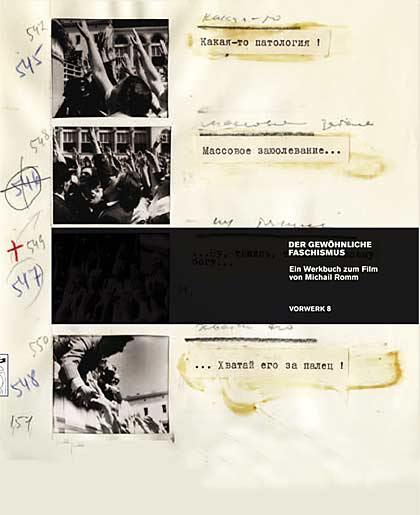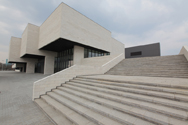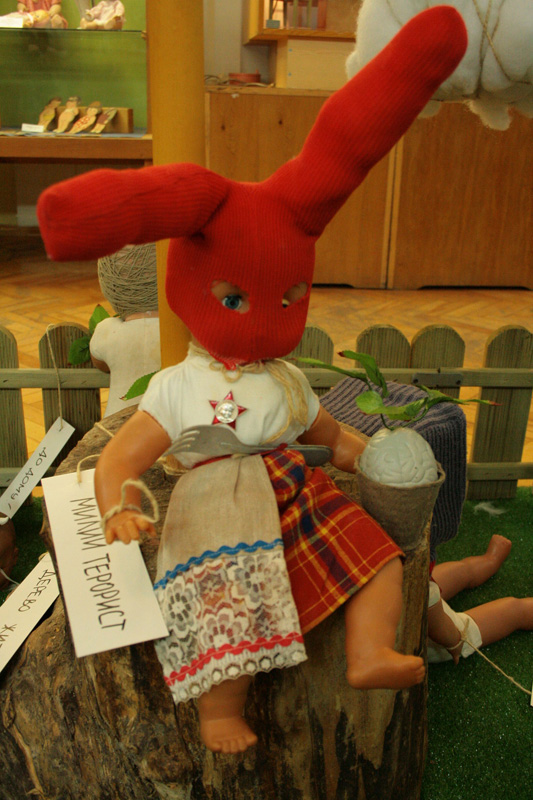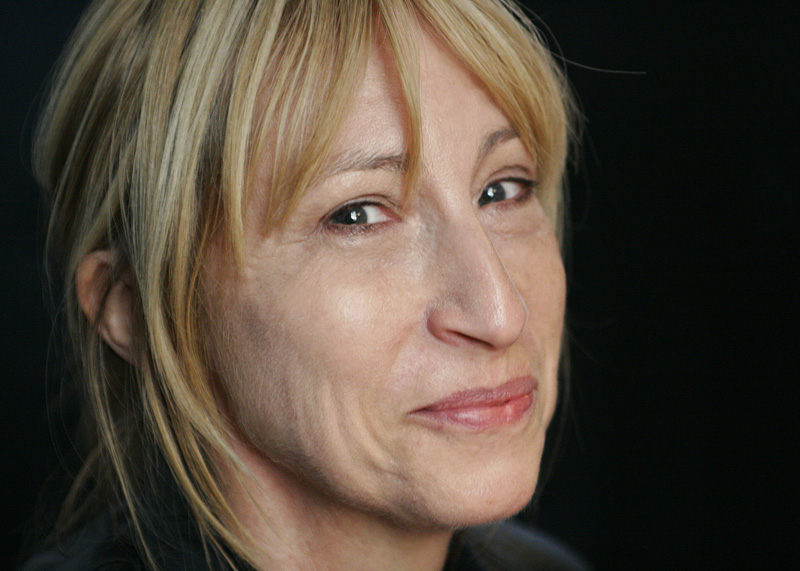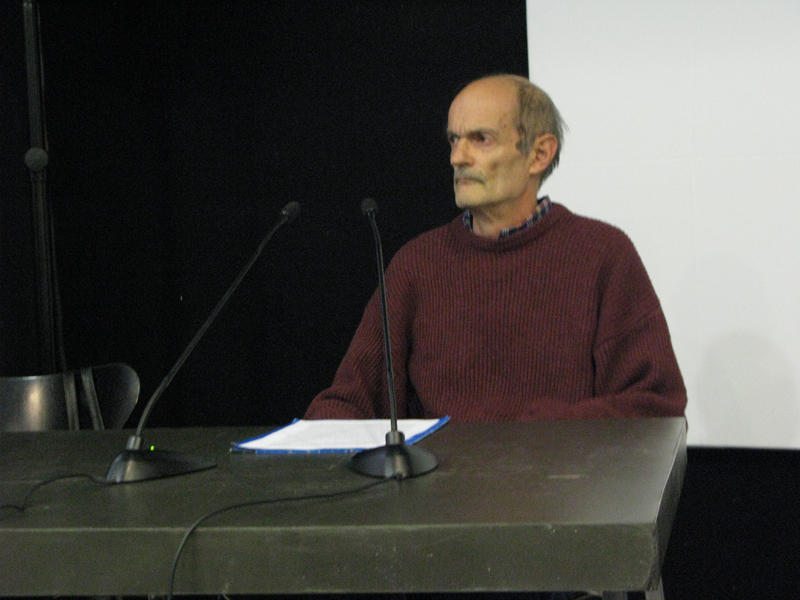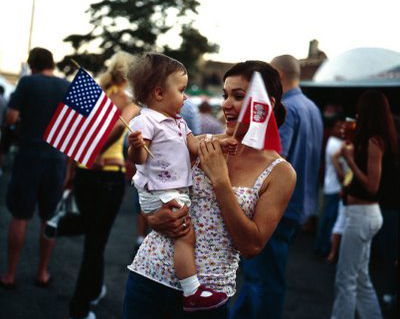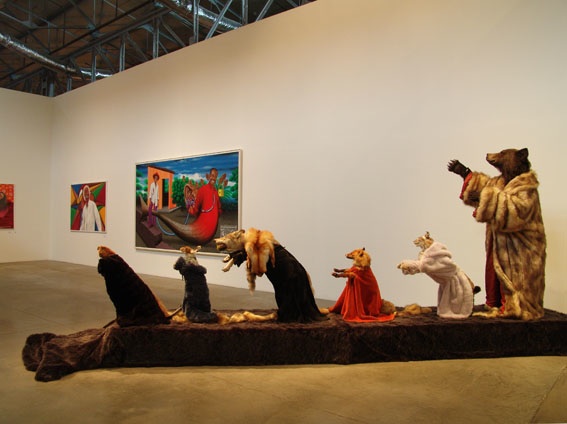Radúz Činčera, Ján Roháč, Vladimír Svitáček (Dir.), “Kinoautomat – Človek a jeho dům / One Man and his House” (DVD Review)
Kinoautomat – One Man and His House, directed by Radúz ?in?era, Ján Rohá?, Vladimír Svitá?ek, 2008, written by Pavel Jurá?ek, 63 minutes, 1.80:1 aspect ratio, Bontonfilm
First things first: a kinoautomat is something like a movie vending-machine—you drop in your coins and out comes the movie you’ve selected. Accordingly, the Czechoslovakian film Kinoautomat: One Man and His House was one of the first interactive movies, one that allows the audience to decide for itself how the plot will evolve, to quite literally choose what movie they will watch. The film, together with its experimental exhibition technology, was presented in … Read more


